
Tell your friends about this item:
The Antonine Plague
Charles River Editors
The Antonine Plague
Charles River Editors
*Includes pictures
*Includes excerpts of ancient accounts
*Includes a bibliography for further reading
"[A]s the reign of Marcus Aurelius forms a turning point in so many things, and above all in literature and art, I have no doubt that this crisis was brought about by that plague.... The ancient world never recovered from the blow inflicted on it by the plague which visited it in the reign of Marcus Aurelius." - Barthold Georg Niebuhr
"The Five Good Emperors," a reference to the five emperors who ruled the Roman Empire between 96 and 180 CE (Nerva, Trajan, Hadrian, Antoninus Pius, and Marcus Aurelius), was a term first coined by Machiavelli and later adopted and popularized by historian Edward Gibbon, who said that under these men, the Roman Empire "was governed by absolute power under the guidance of wisdom and virtue." Machiavelli explained, "From the study of this history we may also learn how a good government is to be established; for while all the emperors who succeeded to the throne by birth, except Titus, were bad, all were good who succeeded by adoption, as in the case of the five from Nerva to Marcus. But as soon as the empire fell once more to the heirs by birth, its ruin recommenced... Titus, Nerva, Trajan, Hadrian, Antoninus, and Marcus had no need of praetorian cohorts, or of countless legions to guard them, but were defended by their own good lives, the good-will of their subjects, and the attachment of the senate."
These 84 years also witnessed an impressive growth in the size of the Roman Empire. New acquisitions ranged from northern Britain to Arabia, Mesopotamia, and Dacia. Furthermore, existing possessions were consolidated, and the empire's defenses improved when compared to what had come before. A range of countries that had been client states became fully integrated provinces, and even Italy saw administrative reforms which created further wealth.
With all of that said, according to some academics, the success these rulers had in centralizing the empire's administration, while undoubtedly bringing huge benefits, also sowed the seeds for later problems. After all, as so many Roman emperors proved, from Caligula and Nero to Commodus, the empire's approach to governance was predicated on the ruler's ability. When incompetent or insane emperors came to power, the whole edifice came tumbling down.
Moreover, the success of the emperors ironically brought about the worst plague in Rome's epic history. Due to constant warfare on the borders and attempts to defend positions against various groups, Roman soldiers came into contact with foreign diseases, and they unwittingly brought them home when campaigns ended. This culminated around 165 CE, when an unidentified disease brought the empire to its knees and afflicted an untold number of individuals, one of whom may have been Lucius Verus, the co-emperor of Rome alongside Marcus Aurelius.
In addition to the enormous number of casualties, which has been estimated at upwards of 5 million people, the pandemic disrupted Roman trade to the east, affected societies culturally across Europe, and compelled physicians like Galen to study the symptoms in an effort to figure out not only what the disease was, but any potential cures. Of course, that was a tall task for ancient doctors with relatively primitive technology, and even today people continue to debate what the disease was and where it came from, with theories ranging from a smallpox outbreak in China, or possibly measles.
The Antonine Plague: The History and Legacy of the Ancient Roman Empire's Worst Pandemic examines the origins of the disease, theories regarding what it was, and the toll it took. Along with pictures depicting important people, places, and events, you will learn about the Antonine Plauge like never before.
| Media | Books Paperback Book (Book with soft cover and glued back) |
| Released | February 24, 2020 |
| ISBN13 | 9798617728639 |
| Publishers | Independently Published |
| Pages | 46 |
| Dimensions | 216 × 280 × 3 mm · 131 g |
| Language | English |
More by Charles River Editors
Others have also bought
See all of Charles River Editors ( e.g. Paperback Book and Book )




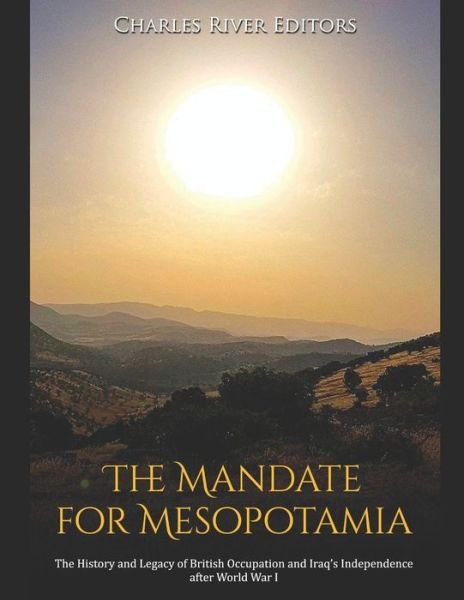
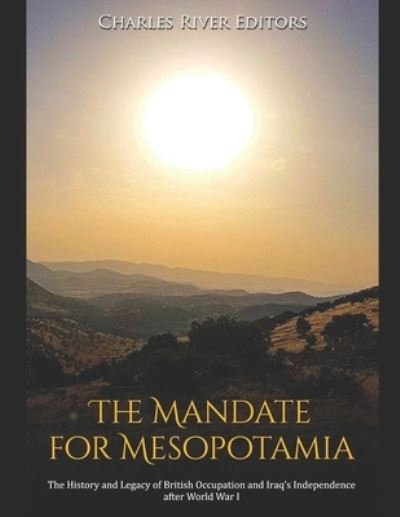




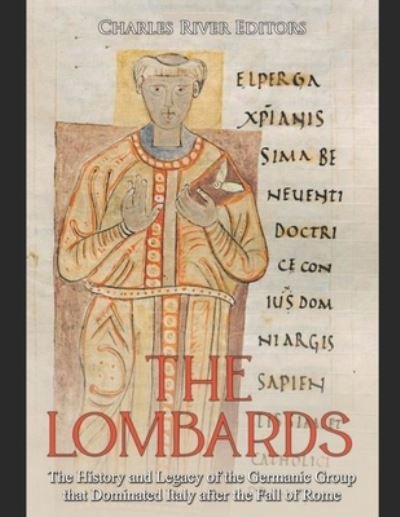
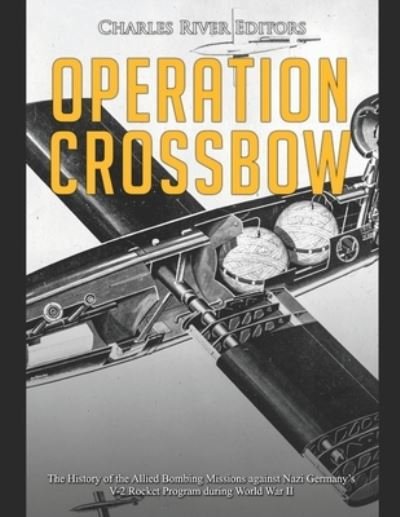






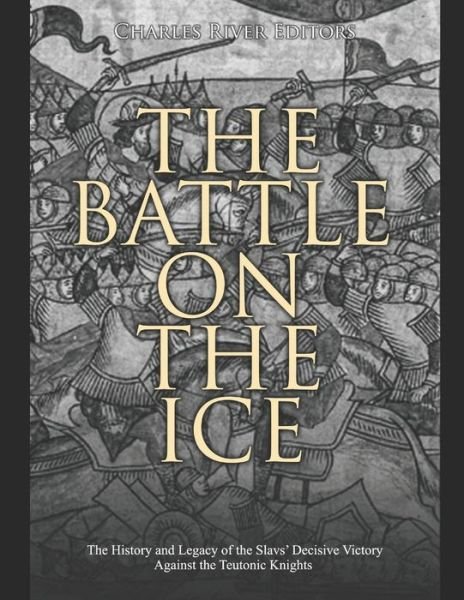
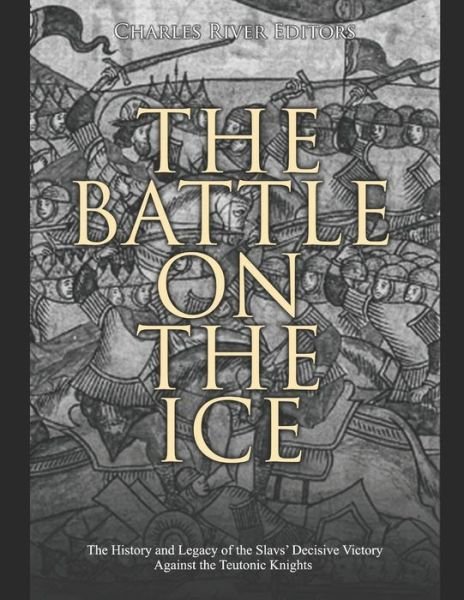
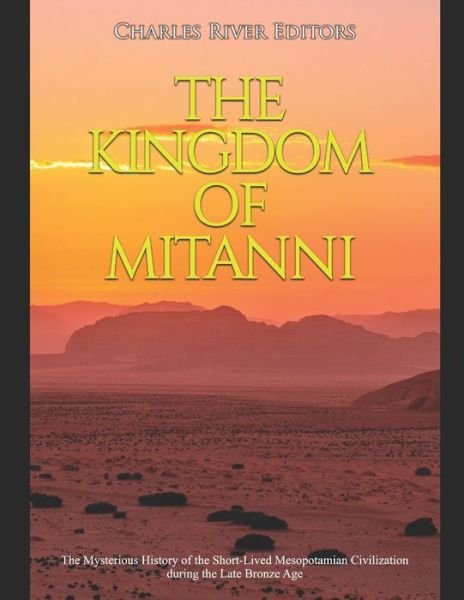
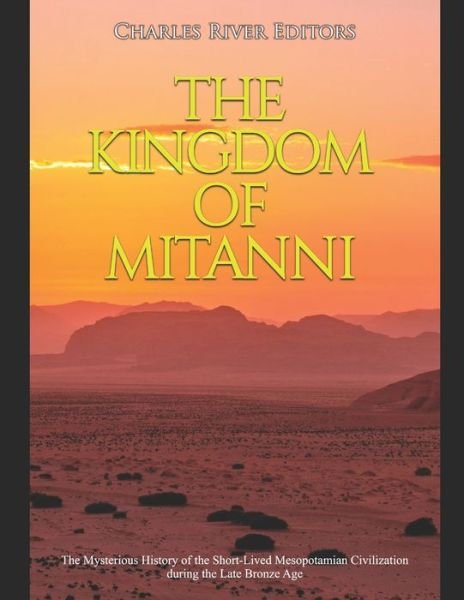
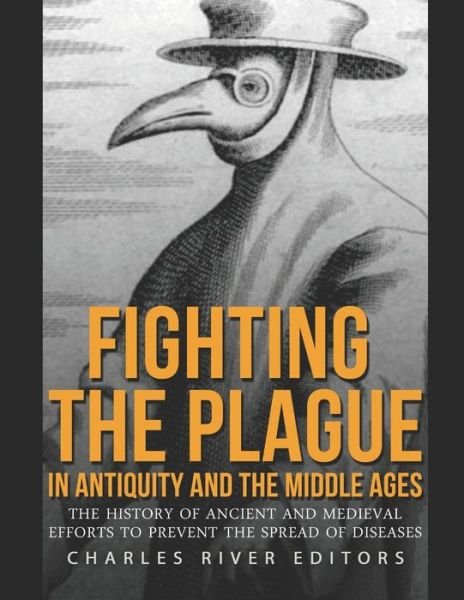
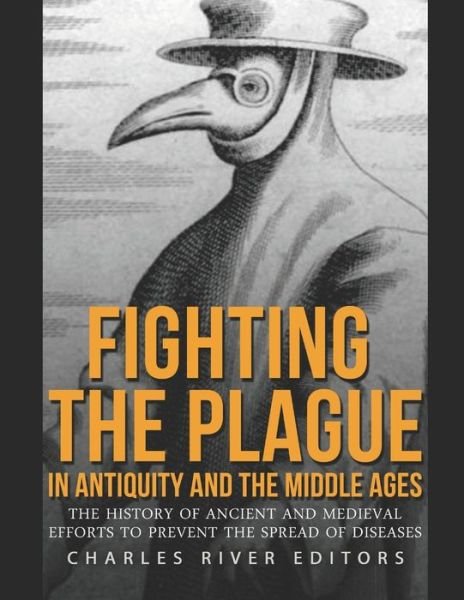


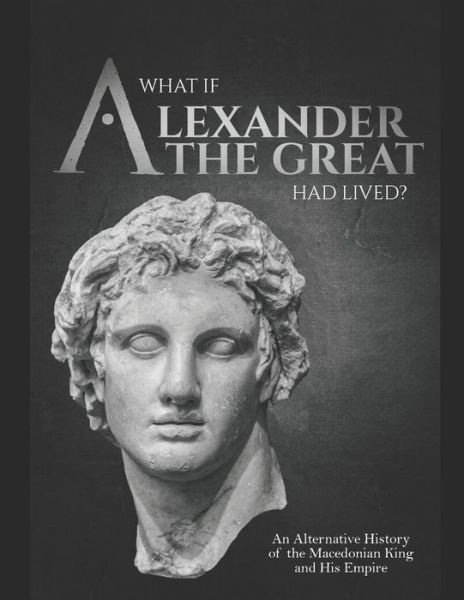

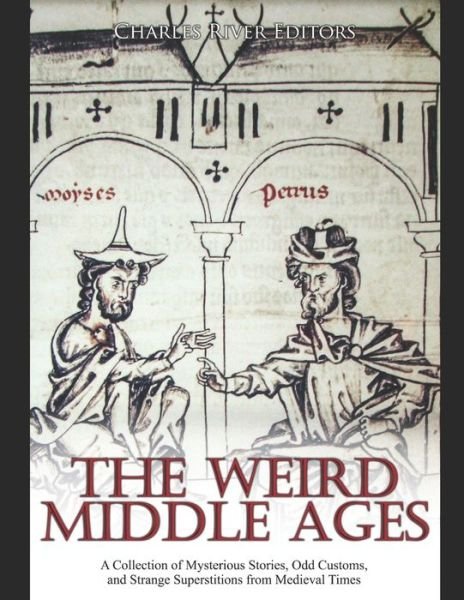
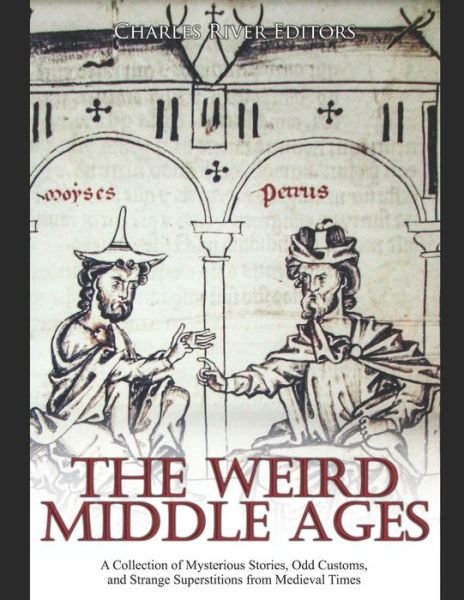
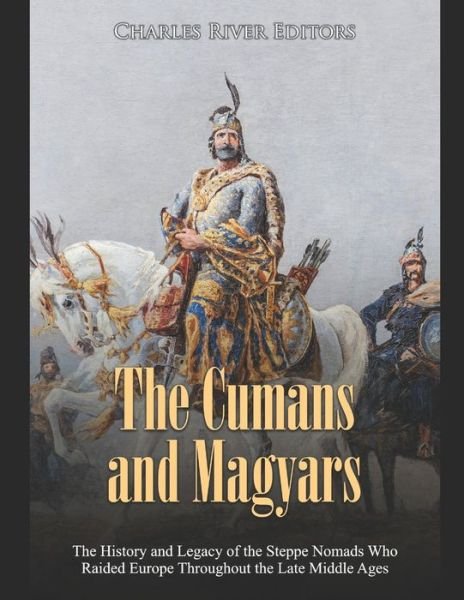
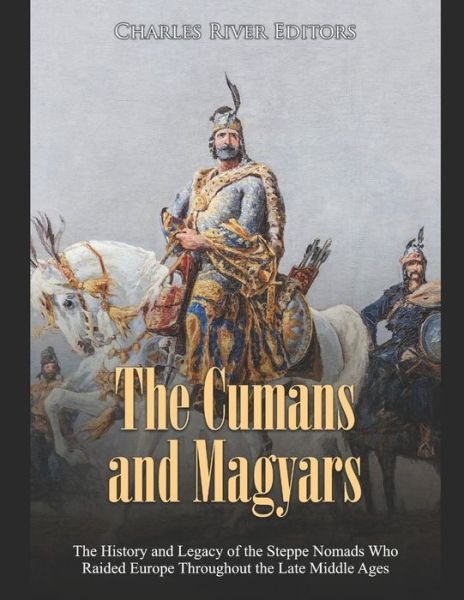
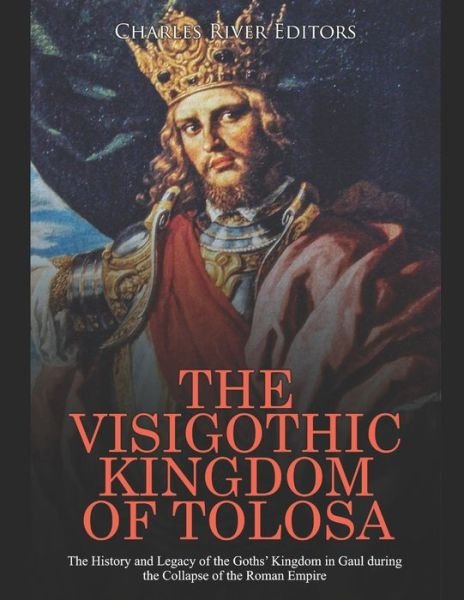
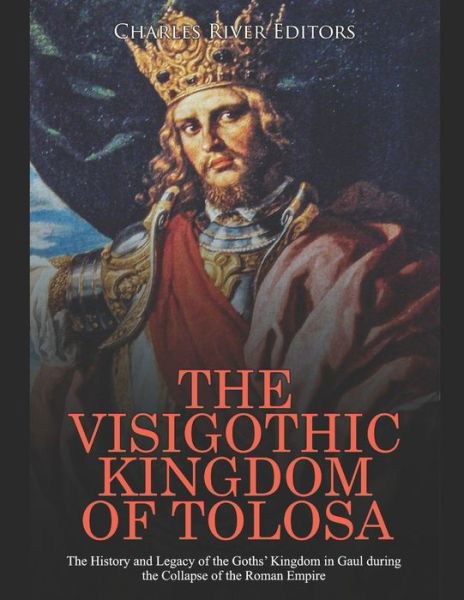

![Cover for Charles Dickens · Den hjemsøgte mand og åndens tilbud (Nyillustreret) (Bound Book) [1st edition] (2022)](https://imusic.b-cdn.net/images/item/original/123/9788772048123.jpg?charles-dickens-2022-den-hjemsoegte-mand-og-aandens-tilbud-nyillustreret-bound-book&class=scaled&v=1654049104)
![Cover for Linda Lehun · Musikbogen (Paperback Book) [1st edition] (2016)](https://imusic.b-cdn.net/images/item/original/063/9788759891063.jpg?linda-lehun-2016-musikbogen-paperback-book&class=scaled&v=1486719785)
![Cover for Dian Hanson · The New Erotic Photography - Bibliotheca Universalis (Hardcover Book) [Multilingual edition] (2017)](https://imusic.b-cdn.net/images/item/original/715/9783836526715.jpg?dian-hanson-2017-the-new-erotic-photography-bibliotheca-universalis-hardcover-book&class=scaled&v=1490369714)
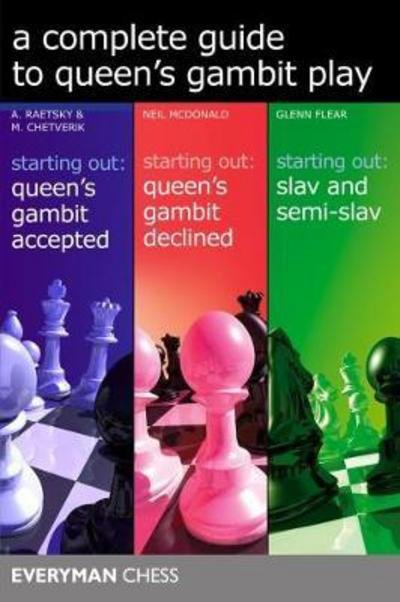



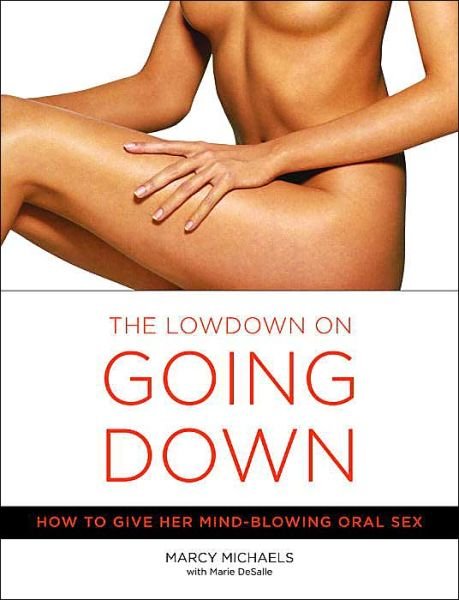

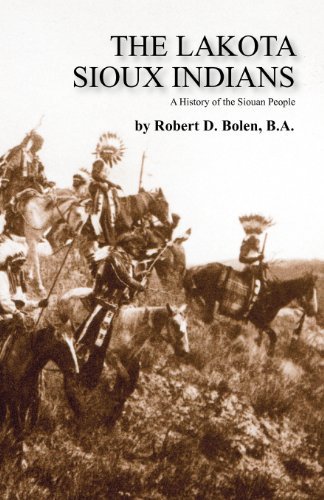

![Cover for Jesper Wung-Sung · To ryk og en aflevering (Sewn Spine Book) [3rd edition] (2009)](https://imusic.b-cdn.net/images/item/original/996/9788763811996.jpg?jesper-wung-sung-2009-to-ryk-og-en-aflevering-sewn-spine-book&class=scaled&v=1341784896)
![Cover for Claus Drengsted-Nielsen · Lille dansk grammatik (Sewn Spine Book) [1st edition] (2016)](https://imusic.b-cdn.net/images/item/original/692/9788702194692.jpg?claus-drengsted-nielsen-2016-lille-dansk-grammatik-sewn-spine-book&class=scaled&v=1499896829)
